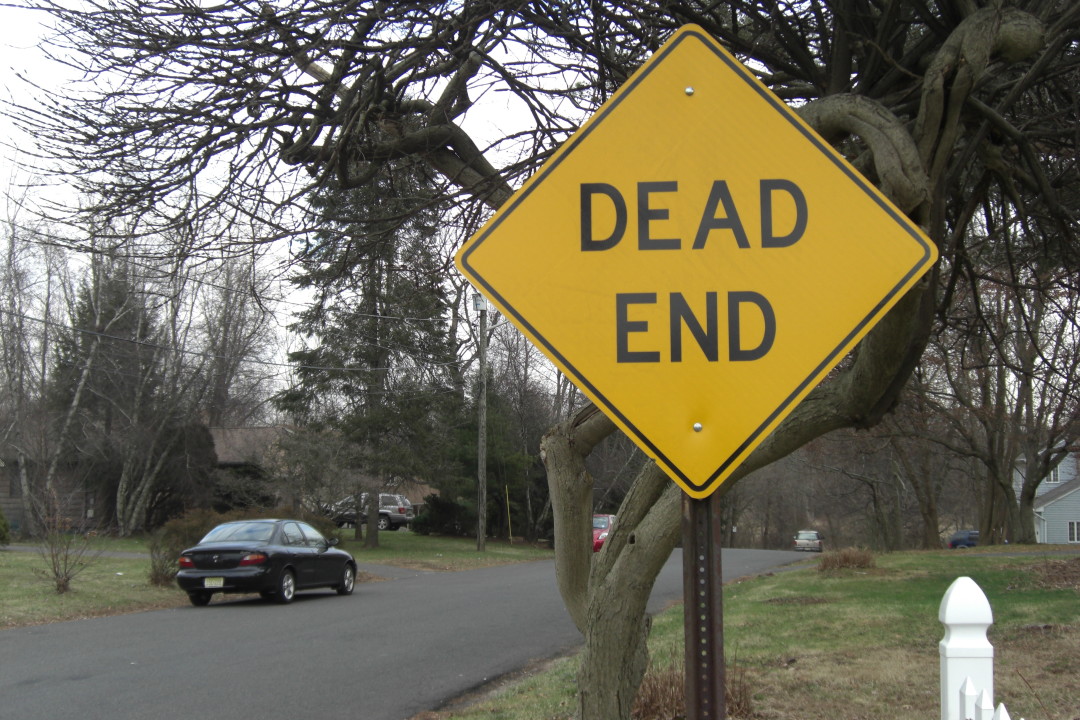The Spring Series, as we know it, is dead.
It (probably—let’s be honest this is the ever mysterious Spring Series we’re talking about here) ended with this Facebook post from Anthony Van Dunk, the series’ promoter.

And there you have it, a New York cycling tradition that began in 1967 is gone after 47 years due to the alleged (I say “alleged” because I can neither confirm nor deny the allegation of the rider attack as this is the first that I’m hearing of it, although I can certainly say it wouldn’t surprise me to find out that such an attack had occurred) knuckle-headed actions of one rider and the concurrent loss of enthusiasm of the series promoter.
It is, of course, a very sad development for the New York Cycling Community to lose an event as old and as established as the Spring Series. In 2014, it was a series of ten races that went from March 2nd to April 28th, and while the prestige of winning the Series championship had waned in the past few years; it was still a big deal to win the overall championship—even if it was the most preposterous championship format ever concocted—but more on that later. The loss of the Spring Series represents a loss of four racing days in Central Park and another four days in Prospect Park. (There were two races at Floyd Bennet Field in 2014). These racing days in the parks are a finite resource—the parks only make so many morning available for racing—so it’s unclear whether these dates will transfer to someone else or will be lost entirely. They may also only be available for early season races, a race in March may not necessarily become a race in mid-summer.
Which makes the timing of announcement ending the Spring Series very odd. Why wait until February 22nd, with only two weeks remaining before the traditional start of the Spring Series? (Granted, for the last few years the start of the spring series has been shrouded in mystery and conjecture, but most racers could predict within a week or two when the series would start. It was usually the first or second week in March. You’d show up and then freeze your ass off.) If Anthony Van Dunk had become fed up with running a series in the spring of 2014, why wouldn’t he announce the end of his involvement right after the series ended? Why would he procrastinate and save his announcement (which I’ve only seen on Facebook via a third party) until February 22nd? This strikes me as very odd, as the Spring Series is a HUGE undertaking, and the notion that he was preparing to run the 2015 until he lost heart on February 22nd seems very odd.
But the Spring Series had grown to be very odd anyway. The early races were comically short —five laps of Central Park (30 miles) for the highest category (Pro, 1,2 ,3), and three laps (18 miles) for category five racers—at a cost of a $35 entry fee. These distances were in keeping with the tradition of the Spring Series. In the past, the distances were designed to ease racers into the season, with the races starting at shorter distances and then building as the series moved on. Of course, the races would also be subject to both the Park’s 8am racing cut-off time and the amount of daylight at 6:30am. The Spring Series was always meant to serve as a training series, but five laps of Central Park in this age of coaches and power meters for many racers is not a very solid bit of training.
And even though it was meant to be a training series, the Spring Series was always hotly contested. Winning the Spring Series used to be a big deal—something that attracted the notice of not only New York racers, but of racers across the country. But in the last few years the series win had become less prestigious, mostly due to two factors. Firstly, a racer could lose the Spring Series before it even began. In what I assume to be an inducement to get more racers to pre-register for the series, Mr Van Dunk offered racers who pre-registered 50 points in the overall standings. In the category pro, 1, 2, 3, this equated to a free sixth place finish, in the masters category it was a free third place and in the category 3/4, it was a free second place. So if you were racing to win your category and hadn’t pre-registered, you were already a race behind.
In addition to the races being handicapped by pre-registration status, the race for the overall series was contested by different fields. All the fields (excluding the cat 5s) were in contention for the overall win. A win in the pro, 1, 2, 3 field was worth 81 points, the category 3/4 was 52 points and the masters was worth 57 points, and the points earned by individual riders were used to determine the overall winner of the series. This meant that if you were a 25 year old cat 2, and were leading the pro, 1, 2, 3 race; you could lose to a masters racer that you wouldn’t be able to race against. You could lose to someone you never lined up against during the series—a mind-bogglingly preposterous notion.
Format question notwithstanding, the end of the Spring Series is a very melancholy moment for New York Cycling. As mentioned before, the Spring Series started in 1967 by the Bicycle Federation of New York. Back then amateur cycling was controlled by the Amateur Bicycling League of America (ABL), which became the USCF in 1976. The ABL run by volunteers on a shoestring budget, and was not very well funded. The Bicycle Federation of New York became the Metropolitan Cycling Association, or the MCA (a name which was still used in the promotion of the Spring Series until last year.) The MCA was comprised of different clubs in the New York area and had over 50 clubs involved. In the past, the MCA would use the proceeds from the Spring Series to help juniors and fund trips to races around the country. Past presidents included Al Toefield and Lenny Preheim. Anthony Van Dunk was elected president of the MCA in the 1990s, and the MCA went from being an association of New York clubs to the organization that puts on races organized by Mr Van Dunk.
It seems that Mr Van Dunk’s tenure is now over as promoter of the Spring Series, and we should thankful for the effort he put forth in keeping the series running. It would be sad to see the spring races disappear from the parks, and hopefully there will be a scramble among other promoters to claim those dates, because the Spring Series is a New York tradition worth keeping.


